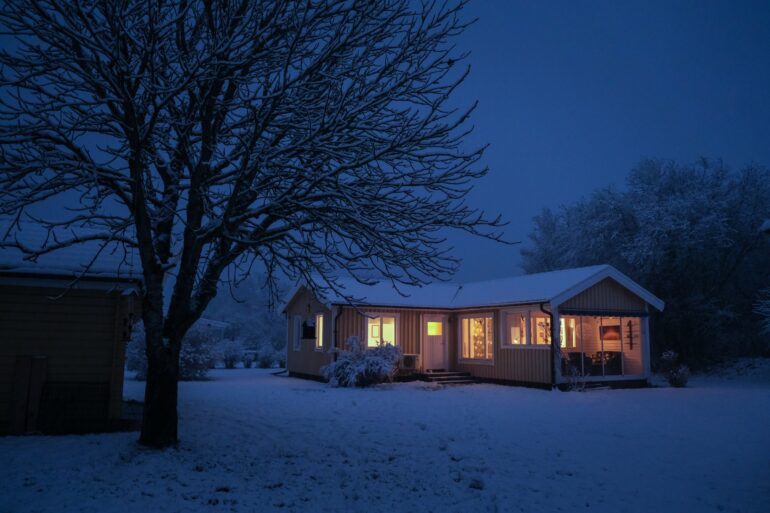What comes to mind when you think about winter? Snowflakes? Mittens? Reindeer? In much of the Northern Hemisphere, winter means colder temperatures, shorter days and year-end holidays.
Along with these changes, a growing body of research in psychology and related fields suggests that winter also brings some profound changes in how people think, feel and behave.
While it’s one thing to identify seasonal tendencies in the population, it’s much trickier to try to untangle why they exist. Some of winter’s effects have been tied to cultural norms and practices, while others likely reflect our bodies’ innate biological responses to changing meteorological and ecological conditions. The natural and cultural changes that come with winter often occur simultaneously, making it challenging to tease apart the causes underlying these seasonal swings.
With our colleagues Alexandra Wormley and Mark Schaller, we recently conducted an extensive survey of these findings.
Wintertime blues and a long winter’s nap
Do you find yourself feeling down in the winter months? You’re not alone. As the days grow shorter, the American Psychiatric Association estimates that about 5% of Americans will experience a form of depression known as seasonal affective disorder, or SAD.
People experiencing SAD tend to have feelings of hopelessness, decreased motivation to take part in activities they generally enjoy, and lethargy. Even those who don’t meet the clinical threshold for this disorder may see increases in anxiety and depressive symptoms; in fact, some estimates suggest more than 40% of Americans experience these symptoms to some degree in the winter months.
Scientists link SAD and more general increases in depression in the winter to decreased exposure to sunlight, which leads to lower levels of the neurotransmitter serotonin. Consistent with the idea that sunlight plays a key role, SAD tends to be more common in more northern regions of the world, like Scandinavia and Alaska, where the days are shortest and the winters longest.
Humans, special as we may be, are not unique in showing some of these seasonally linked changes. For instance, our primate relative the Rhesus macaque shows seasonal declines in mood.

It can feel hard to get out of bed on dark mornings.
Lighthouse Films/DigitalVision via Getty Images
Some scientists have noted that SAD shows many parallels to hibernation – the long snooze during which brown bears, ground squirrels and many other species turn down their metabolism and skip out on the worst of winter. Seasonal affective disorder may have its roots in adaptations that conserve energy at a time of year when food was typically scarce and when lower temperatures pose greater energetic demands on the body.
Winter is well known as a time of year when many people put on a few extra pounds. Research suggests that diets are at their worst, and waistlines at their largest, during the…



